Playing through Stellar Blade for the first time after its Nier: Automata DLC arrived was a big mistake. What I hoped would be a handful of cool costumes and cosmetic items inspired by Yoko Taro’s masterpiece has ended up as a bitter reminder of how far Stellar Blade lags behind the game it takes so liberally from.
I mean, obviously. Nier: Automata is a modern masterpiece with excellent combat, an amazing story, alongside a world and characters that, in the years since, have become iconic. It rises above Stellar Blade on a fundamental level, and that wouldn’t be a problem if Shift Up wasn’t trying to mimic its brilliance at every turn. I didn’t realise how deliberate it was, but this goes beyond just aesthetics and fanservice – Stellar Blade is inconceivably derivative.
Androids Dream Of Electric Peeping Toms
Don’t get me wrong, Stellar Blade is still a fun and ultimately functional video game. I love its combat, despite the fact it never really grows in complexity or difficulty after the opening hour or so, and the character and world design is striking despite its lack of substance. There’s a lot to love across its campaign, even if it rides on the coattails of a much better game.
Costumes and other items in the Nier: Automata DLC are unlocked by finding items called Lunar Tears spread across the map, while a few new quests have also been added intended to take advantage of the new photo mode.
Such a comparison was easy enough to put to the back of my mind before, but in the wake of the official collaboration between Stellar Blade and Nier: Automata, it’s almost begging me to walk away. Shift Up has not only added Emil, one of Replicant and Automata’s characters, as a merchant, it also allows you to buy unique costumes inspired by 2B, 9S, A2, and many other Automata mainstays. Eve can now dress up as more interesting characters that serve to remind us how much of a blank slate she really is.
Eve, much like the androids in Automata, is sent to Earth alongside her comrades to defeat an alien threat that has destroyed humanity. Meanwhile, humankind has taken shelter up in space within The Cradle. You are a powerful force with the sole purpose of taking the planet back and restoring its former greatness.
In Automata, the big twist is that humanity died out a long time ago, while many of the machines we are forced to annihilate aren’t monsters at all, but perhaps more human than the creators who once promised to eradicate them.
Stellar Blade offers a similar twist, with the grotesque monsters you spend the whole game fighting – known as Naytibas – are actually humans after all, not an alien threat, but an awful product of bioengineering that quickly got out of control. You aren’t fighting to save humanity, you’re wiping out its remnants while a few survivors cling to vestiges of hope.
Naytibas is a play on ‘Natives’ in Korean, which, if you were at all privy too, ruins the game’s biggest twist. That’s about as deep as Stellar Blade (whose main duo are called Adam and Eve) ever really gets.
Stellar Blade’s Greatest Sin Is Its Lack Of Humanity
This inspiration and subsequent twist would have worked if Stellar Blade’s cast weren’t just hollow spectres for the player to occupy. Eve does have a mission to complete, but virtually no personality, character arc, or greater role in the world she exists in. She exists to dress up in cute outfits and defeat monsters before reaching a climax in which she is a bystander, not an active participant.
2B and 9S are such compelling characters because they are designed to visually reflect the apex of humanity. Beautiful, athletic, and capable of acts only the most accomplished human beings could ever dream of. They are then tasked with wiping out hordes of rusty robots that we aren’t meant to empathise with, only nod submissively as another explodes into a million pieces before us. When they start showing human emotions and desires, the player is asked to reconsider everything they’ve done up until that point, as are the characters we play as.
Automata is a gradual deconstruction of humanity and what it means to be alive, whether a living being is made of flesh and blood or nuts and bolts. So long as you have the capacity to feel emotion, that’s enough. The characters you meet and enemies you encounter in Stellar Blade have none of these things, and thus the game settles into a dull rhythm with no interest in asking big questions.
Yoko Taro created a game that was sexually provocative and drenched in fan service, yet at every turn it justified its presence by threading it through a strikingly melancholic narrative. I wish Stellar Blade did the same, but it’s only interested in touching on the base ingredients with no intention of setting itself apart. The Nier: Automata collaboration further highlights this distinct lack of creativity, and without the influence of countless better games.
Part of me wants to say that if Nier: Automata didn’t exist and Stellar Blade was touching on this narrative for the first time it would be just as groundbreaking, but that’s not possible. It is so fundamentally derivative of its inspiration that when you strip that influence away you are left with nothing. Dressing Eve up as 2B doesn’t fix that. In fact, it makes things much worse.
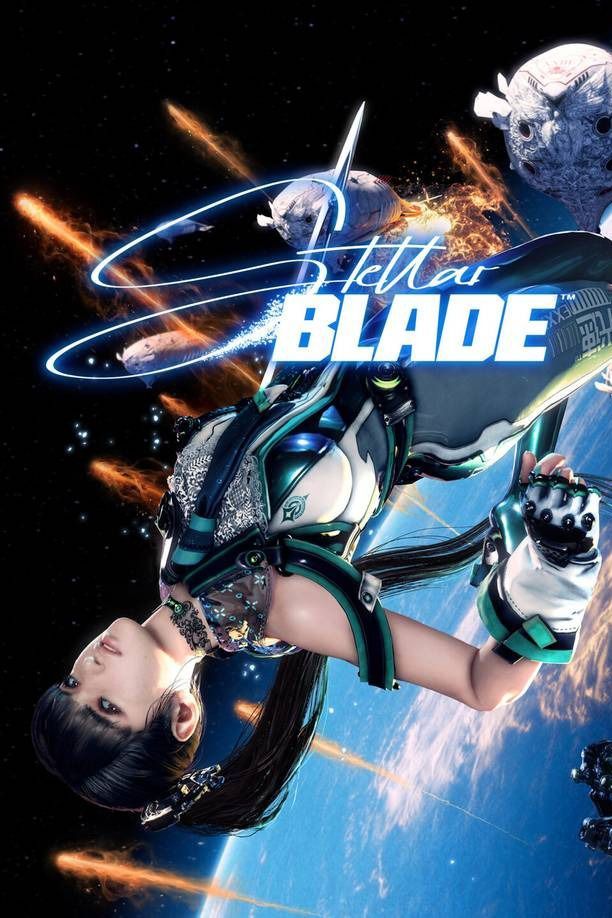
Stellar Blade is an action-driven game from Shift Up, originally revealed as Project Eve. It follows the aforementioned Eve as she battles the alien Naytiba invaders, in a bid to reclaim the Earth for humanity.
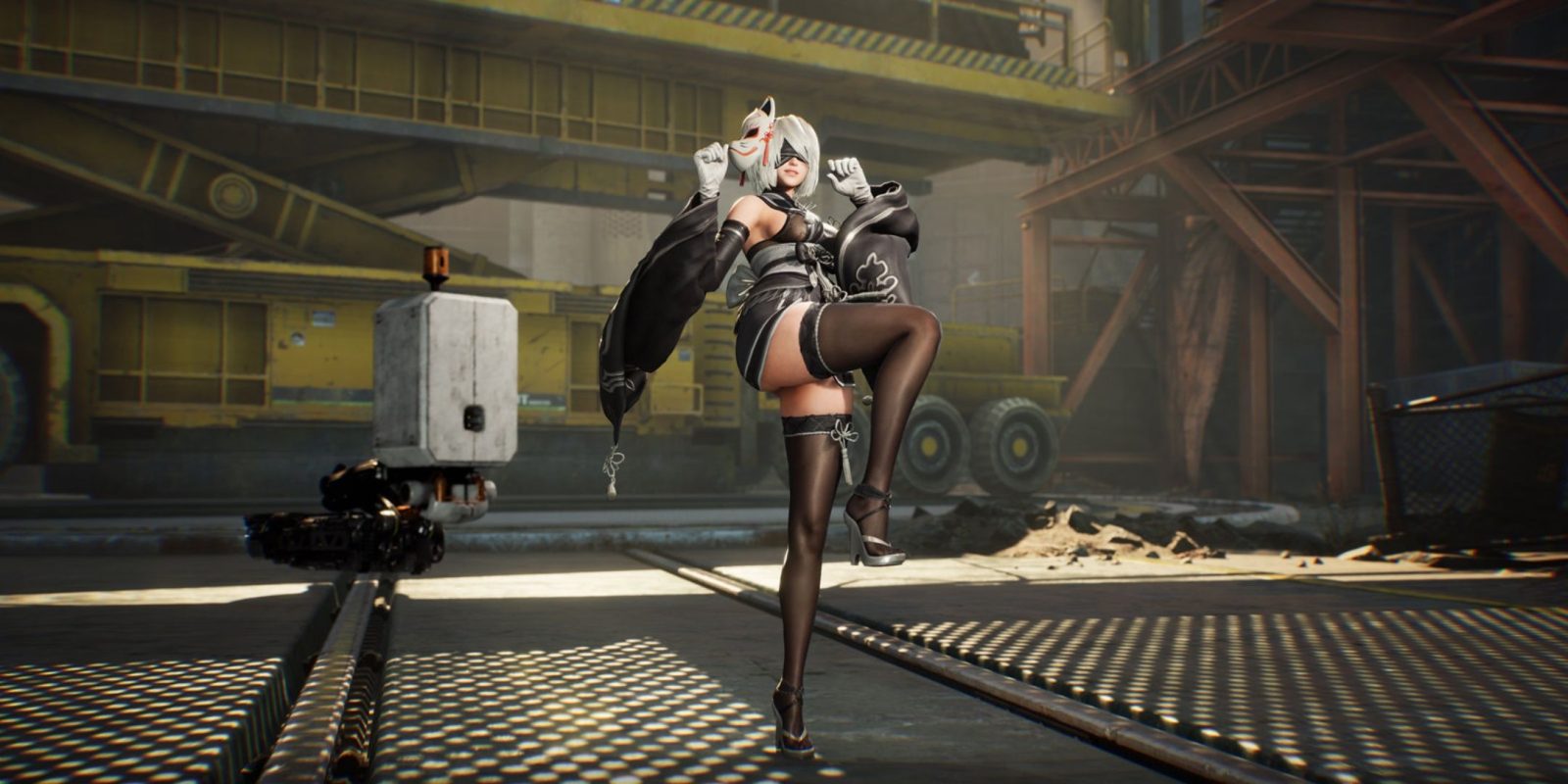

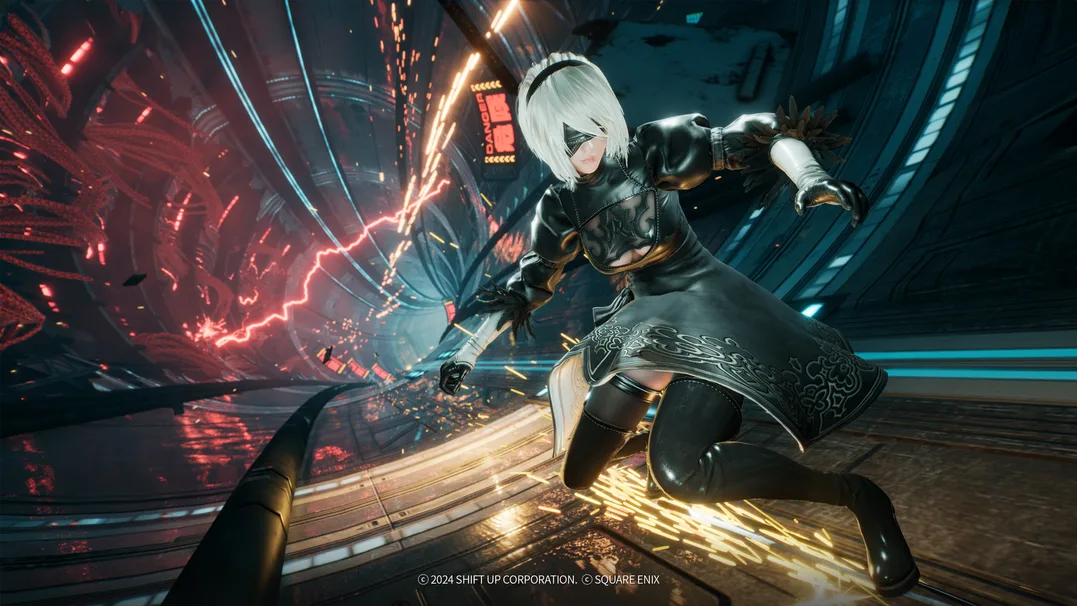
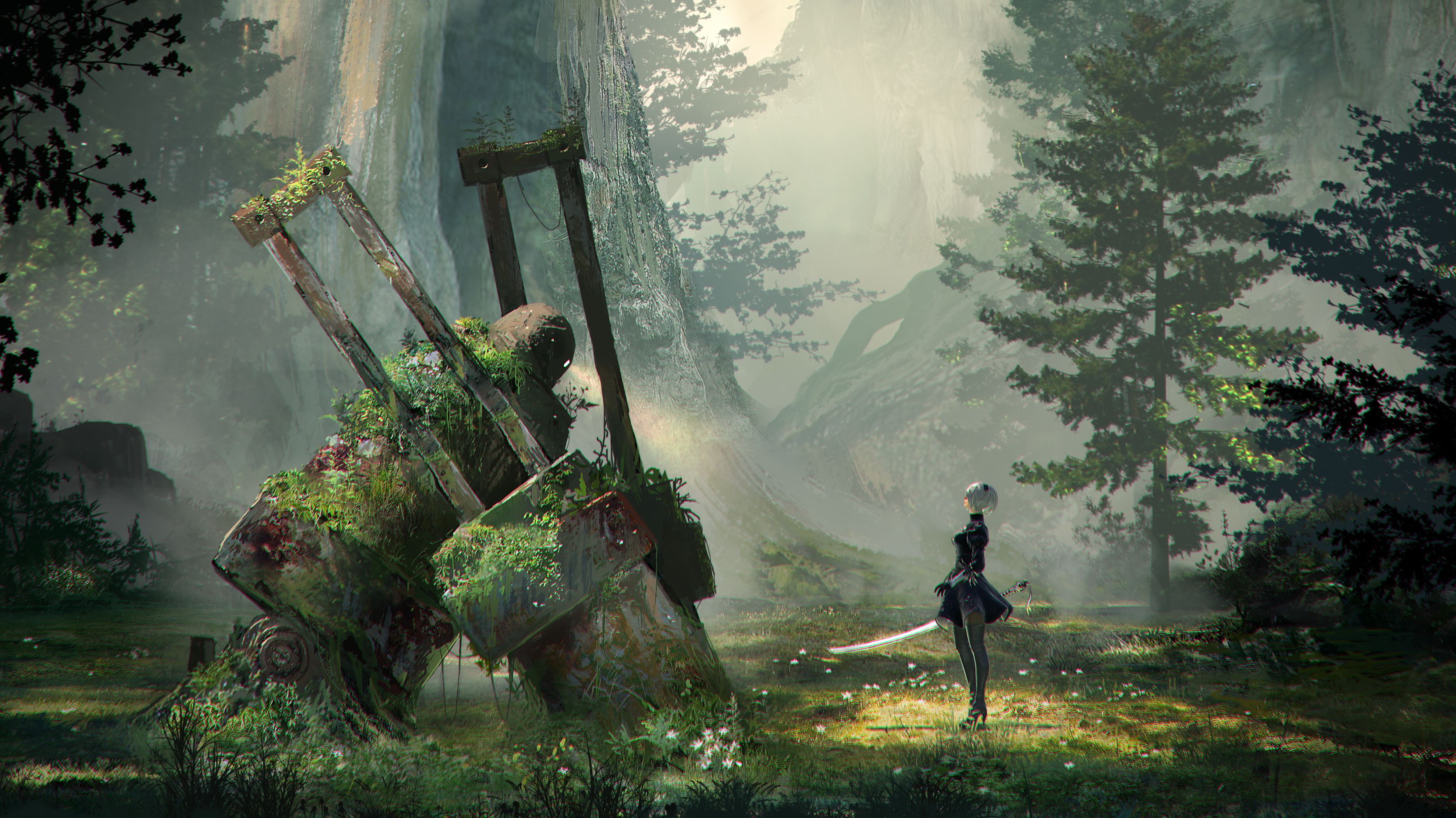
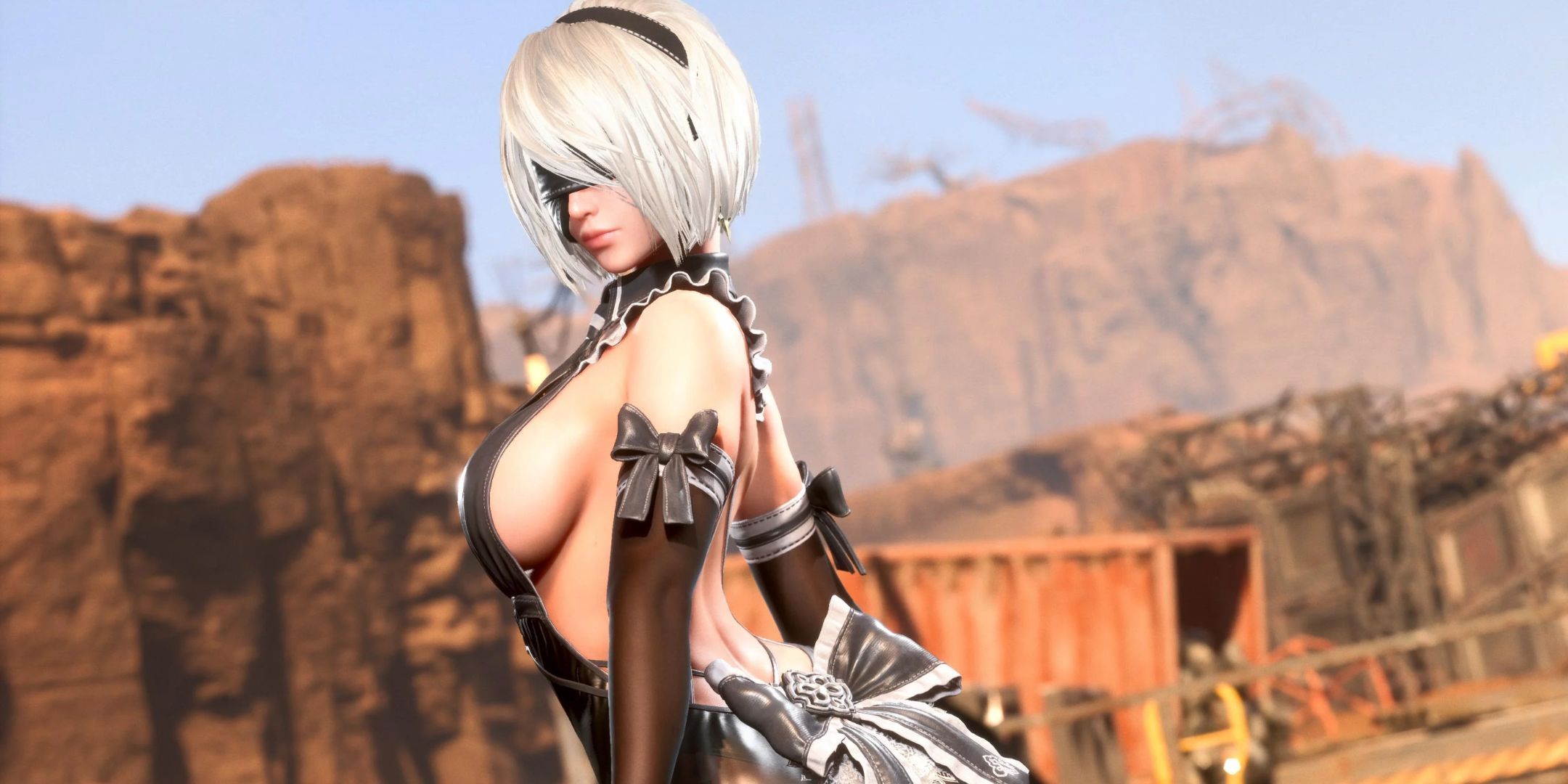


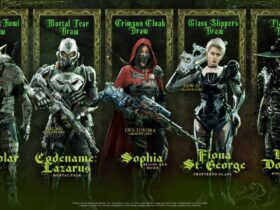






Leave a Reply